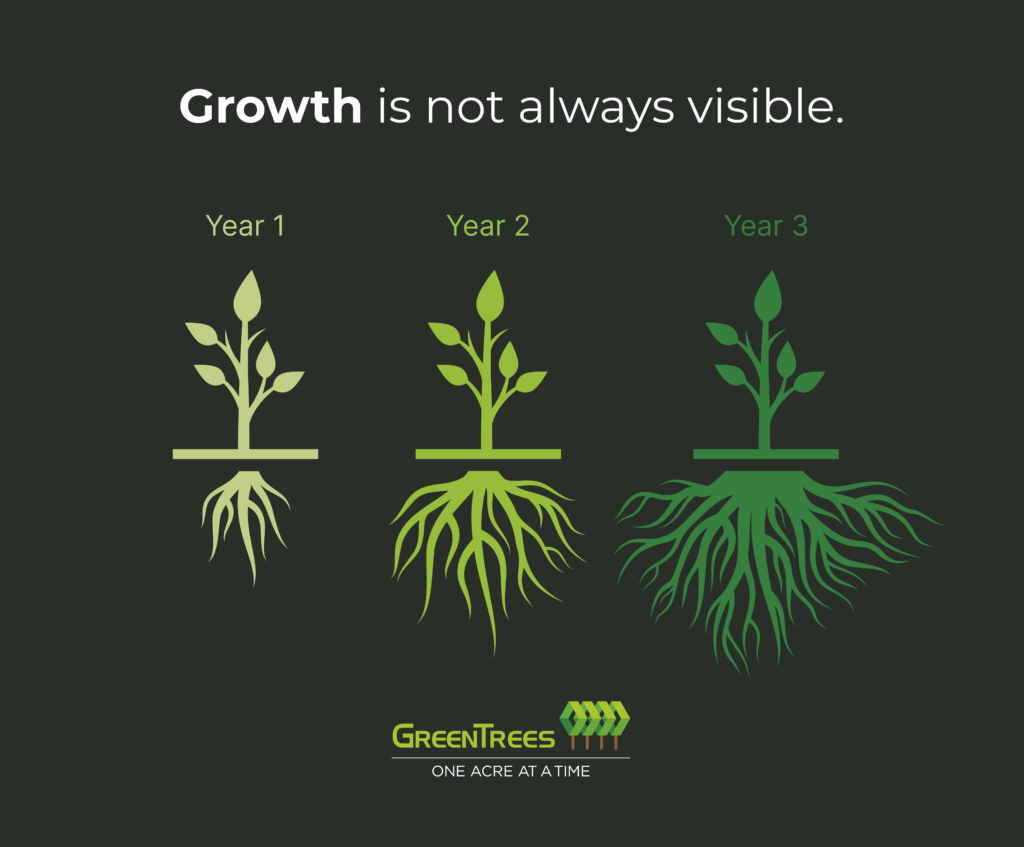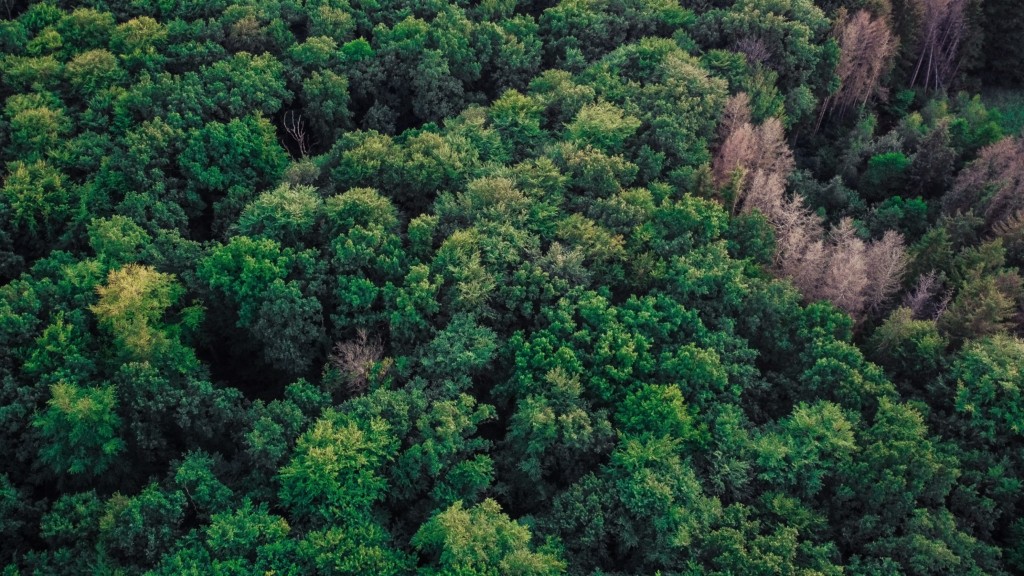Original Publication: Women’s Forest Congress
We are shaped by the influences people play in our lives. I have been blessed to be surrounded and inspired by leading women from my mother to my wife to my daughter, who is breaking barriers of her own as the first-ever female playing NCAA Football in a contact position.
Having grown up as the son of the Head of Chatham Hall, a girls’ boarding school located in Virginia, I was completely at home walking into the first-ever Women’s Forest Congress. Over 500+ women converged on Minneapolis St. Paul in October this past year, discussing topics ranging from the practical to the inspirational. The energy was amazing!
My first thought was, I wish Maggie Bryant were still alive. She would have loved every bit of this. Maggie, who passed away a little over a year ago, was the first chairwoman of the National Fish and Wildlife Foundation, the first chairperson of Environmental Resource Trust (now American Carbon Registry), and one of my mentors.
The best way to understand Maggie was to think of a great oak tree whose branches reach across time and territory. From Africa to South America to Europe to Central America to the Mississippi Delta, Maggie was a tour de force for conservation, a pioneer, and an inspiration to so many. Above all, she reveled in the energy of others who were crazy enough to believe they could change the world. The Women’s Forest Congress was full of women making it happen, challenging assumptions, and daring to be and think differently.
Historically, the land was viewed as capital, and to release its value required labor. The land and its ownership have been vastly dominated by men. As the landed economy folded into the financial one, landowners needed to make further improvements in land and sought to expand their holdings as the country expanded westward; the nascent financial market stepped in through mortgages and life insurance.
This created a cycle that would ultimately shift landed independence to dependence upon the financial system, forcing farmers to sell their products into the commodities market. The biggest risk to a mortgage was the future exertions of the farmer. The largest owners of mortgages were insurance companies. So, the life insurance market insured a man’s property — his life — leading to a double commodification of a farmer’s labor.
Now it is time to realize land’s value is not limited to the extractive value of labor over the service it provides. In widening our view, we can recalibrate the balance of our capital and land systems – and finally, put nature on the balance sheet.
As John Fowles, author of The Tree, accurately assesses, we view nature as something that is separate and foreign, rather than something that is inherent within us. In doing so, we focus on the created versus the creation.
The landscape of forest landowners is increasingly female, and for good reason. Women think more holistically about land and nature. This reality is converging at a time when we are starting to value forests for more than board feet and paper. Forests clean our air, purify our water, and provide homes for so many critical species. In each case, society is learning to put a price and value on these services.
This journey of the interconnectivity of land, water, people, and biodiversity was so eloquently expressed by Keynote speaker Natalie Warren. Natalie’s, along with Ann Bancroft’s, book Hudson Bay Bound: Two Women, One Dog and Two Thousand Miles to the Arctic, is an amazing and inspirational story.
The 500+ women attending the Women’s Forest Congress are all on their own groundbreaking journey. And for it, the world moves forward for the better!
Chandler Van Voorhis, Co-Founder and Managing Partner of GreenTrees, the largest carbon reforestation project in the United States.




